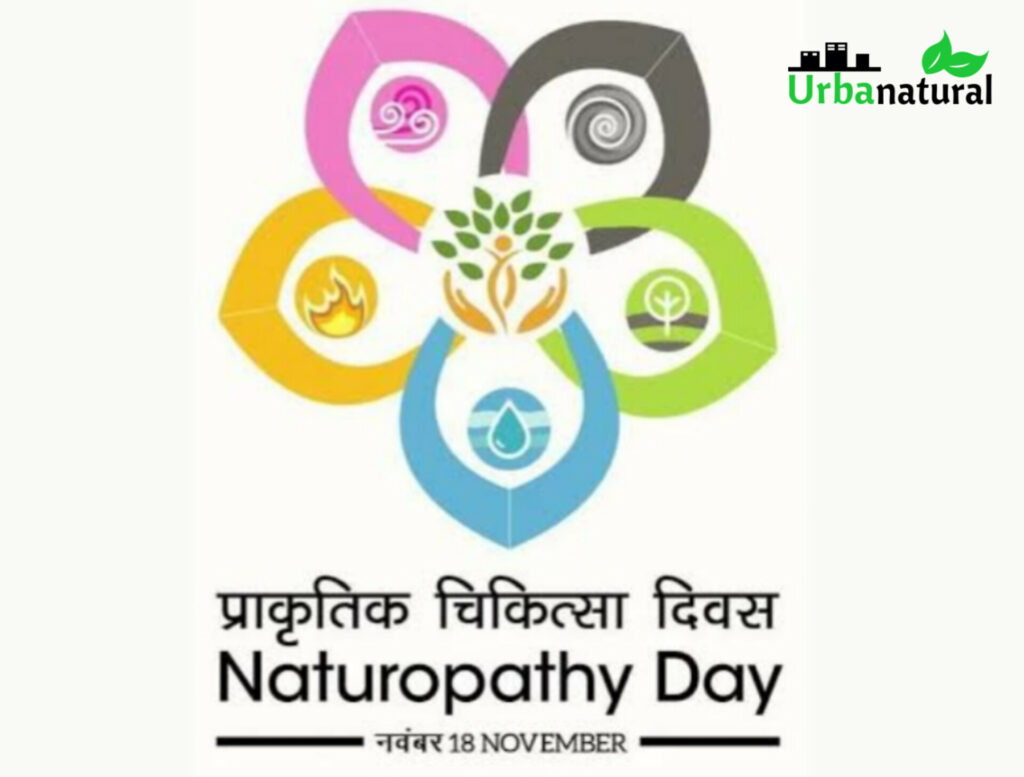By – Ariane Hundt
I spent my Saturday on the couch. I had a massive headache that just wouldn’t quit. It didn’t feel like a normal headache but more intense. I also felt nauseous and my vision was slightly off. Turns out I had eaten food loaded with monosodium glutamate (MSG) and didn’t realize it until the effects set in.
MSG is a flavor enhancer that is added to many processed foods to make it taste better. It’s best known for being added to Chinese food and perhaps you too have experienced the puffy eyes, water retention and headaches the day after eating it. MSG is probably one of the worst food additives you can find in food. The problem is that it is in so many foods you eat on a regular basis, you may not even know you’re eating it. Even worse, food manufacturers have caught on to the fact that consumers want to avoid MSG and have started to use other names to disguise it.
It took me years to figure out I had a severe allergy to it, just like an estimated 25-30% of the US population have. If you want to be healthy and avoid neurological symptoms, then find out if you’re sensitive as well and learn how to avoid it in your foods.
What is MSG? MSG is a flavor enhancer that is made of glutamic acid (an amino acid) and sodium. It makes foods taste better and makes you want to eat more of it. Ever had a hard time putting down a bag of Doritos? Yep, that’s why.
MSG is an excitotoxin, which means it excites your cells to the point that you can actually experience neurological effects. When I eat MSG I get massive migraines, blurry eyes, get nauseous and if I have a lot, then my speech is impaired. The following day I have a hangover feeling that is quite debilitating.
Is it unsafe? If you ask the FDA they will say that it’s “generally safe for consumption”, yet there are numerous reports of the detrimental effects of MSG. These symptoms are often called “Chinese Restaurant Syndrome”. Despite the FDA’s ‘safe’ labeling, it has identified various effects of MSG. When glutamate receptors in your body don’t function normally, the result can be Alzheimer’s disease, Huntington’s chorea and nerve damage in brain cells. Some forward researchers have linked MSG consumption to obesity, depression, headaches and eye damage. MSG can increase food cravings, make you retain water, and give you a feeling similar to a hangover.
The following symptoms are short term reactions of MSG:
numbness,
burning sensation,
tingling,
facial pressure and
tightness,
rapid heartbeat,
drowsiness,
headaches,
nausea,
chest pain,
difficulty breathing, weakness.
Tell me – do you want to experience any of these after eating?
How do I know if MSG is in my food? That’s a good one. Since food manufacturer are doing their best to disguise their use of MSG as to not to scare away consumers, they have been using other names. I suggest you pull out any processed food out of your kitchen cabinets and take a look. Pick any soup mix, chips bag, beef jerky, spice or soup mixes and look for the following as they’re all alternatives used for MSG:
Autolyzed yeast extract
Calcium caseinate
Gelatin
Hydrolyzed protein
Hydrolyzed vegetable protein
Autolyzed yeast
Hydrolyzed yeast
Soy extract
Protein isolate
Yeast extract
Yeast food
Yeast Nutrient
Monopotassium Glutamate
Sodium Caseinate
Textured protein
Disodium inosinate (used with MSG containing ingredients)
Disodium guanylate (used with MSG containing ingredients)
Natural Flavor (hard to tell whether it is natural flavor or MSG)
Even worse, the following ingredients often contain MSG or form it during processing:
Barley MaltBouillon
Soy Protein Isolate
Stock and broth
Carrageenan
Protease
Corn Starch
Ultra-pasteurized foods
You should also know that some labels (such as these products) state “no added MSG”, but that doesn’t mean it’s not already contained in the ingredients. There are many companies that use MSG in their products, such as Taco Bell, Doritos, Campbell’s Soups, Progresso Soups, Lipton Noodles and Sauces, Unilever, Knorr, Cup-a-soup or Cup-o-Noodles, and Planter’s Nuts to name just a few big names.
My recommendation is to be a good scout. Read your food labels and don’t purchase any food that contains MSG. When eating Chinese food order without the sauces and ask your server not to use any MSG. Choose fresh food over processed whenever possible. The less packaged food you eat, the longer your lifespan, the better your health, and the better you feel.
If you want to read more about the effects of MSG and other food additives, check out this great website called MSG Truth.
Source: http://slimandstrongin2009.blogspot.in/2012/01/msg-are-you-poisoning-yourself.html?m=1





